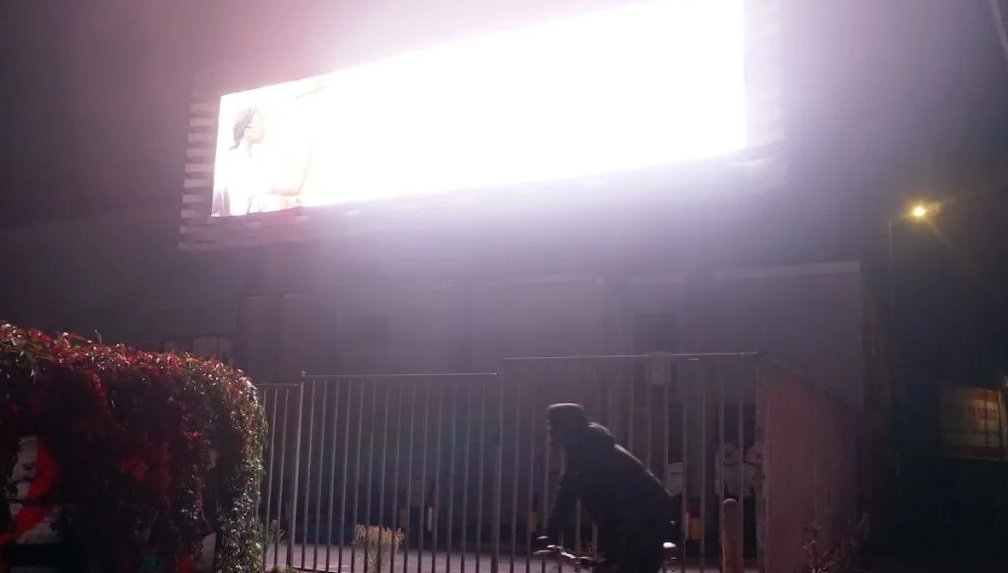
Petition Launched In UK To Turn Off Ad Billboards, Posters At Night; Energy Shortages Cited
October 11, 2022 by Dave Haynes
Community activists in the UK already opposed to digital out of home ad posters and billboards because of their visual impacts are now trying to pressure the government to curb their use because of energy availability and expected restrictions this winter.
An organization called AdfreeCities has launched a petition it hopes will compel the UK government, and regional ones for Wales and Scotland, to curtail the use of ad displays the group says are energy hogs at a time when blackouts may be necessary as energy supplies grow more scarce.
Says the group:
This winter, UK households face a “significant risk” of power cuts as energy supplies run low. And yet, digital billboards continue to blare out ads day and night, using a massive amount of power that puts unnecessary pressure on the Grid.
What is our priority? Powering homes, schools and hospitals? Or unnecessary advertising?
How much electricity do ads actually use?
Just one large digital billboard uses the same electricity as 11 average UK homes per year. Smaller advertising screens also require a surprisingly large amount of power – those at bus shelters use the same electricity as four UK homes, while a recent FOI request in Manchester shows that ‘on-pavement’ ad units each require the same power as three UK homes.
These figures are calculated using industry numbers for powering the screens. That doesn’t include other energy costs associated with ad screens, such as their data servers, environmental sensors or cooling mechanisms.
Concerns over winter blackouts
As National Grid and Ofgem warn that power cuts this winter are a distinct possibility, households are being warned that household energy rationing may be needed to reduce pressure on the Grid, while people with long-term health conditions have raised alarm over what blackouts would mean for life-saving machines such as dialysis.
Switching off digital billboards at night, as a minimum, represents an immediate and logical energy saving measure that would reduce pressure on the Grid and save power for households, hospitals and schools where it is really needed. Germany, Austria, France, Spain and other countries across Europe have all taken this step. It’s time for the UK to follow suit.
That last line is the interesting one, as numerous countries – most notably Germany – have introduced measures targeting displays that are deemed non-essential. The petition does not spell out what it wants to see happen apart from the broad “ask” that screens be turned off at night. Night could be interpreted as overnight, but could also be construed as once it gets dark – which would mean DOOH displays going off come 5 PM or so in the heights of winter.
I’ve no doubt organizations like this are genuine in their concerns about energy shortages, but this is also an effective level in their ongoing fight to curtail the spread of DOOH displays to roadsides and sidewalks. It is easier and more compelling to make a case against these displays when energy prices are soaring and power cuts are happening, versus arguing that they don’t look nice or that light bleeds into what might be a small number of homes.
The interesting technical note here is that displays use a lot more power, typically, during the day. The lighting has to be cranked up to counteract direct sunlight. Once the sun is down, the displays need far less energy to drive visuals on the screens. So in theory, turning off displays during the day would make more sense when it comes to usage.
Good to see @adfreecities launching a petition calling on the UK Government to reduce operating hours of digital billboards in England to respond to the energy crisis.
Please sign and we can try and pile pressure on @WelshGovernment to do the same here!https://t.co/1AhzwP5bhm pic.twitter.com/IL4HN9VhPa
— @AdblockCardiff (@adblockcardiff) October 11, 2022



Leave a comment